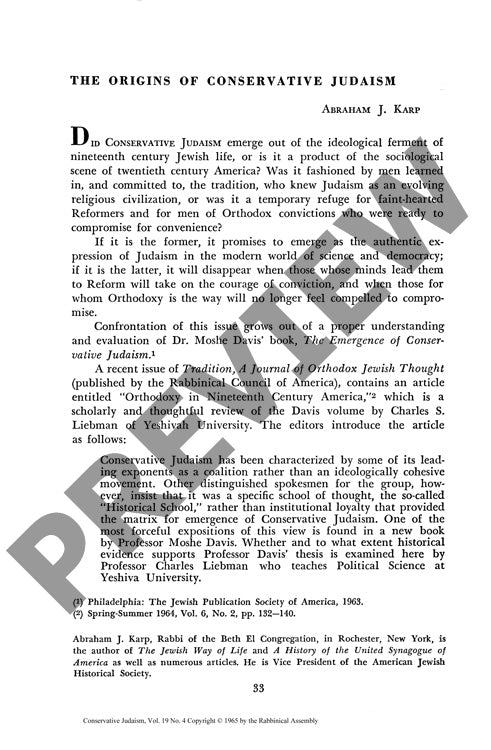The Origins of Conservative Judaism
Couldn't load pickup availability
Religious diversity in nineteenth-century American Judaism extended far beyond the conventional Orthodox-Reform binary, revealing a distinct "Historical School" that would evolve into Conservative Judaism. While some scholars have dismissed Conservative Judaism as merely a sociological compromise, primary sources and contemporary documentation demonstrate its authentic intellectual and religious foundations. Through analysis of rabbinical writings, institutional records, and cross-denominational observations, a clear pattern emerges of religious leaders who shared common approaches to Jewish tradition while maintaining diverse practices. Orthodox observer J.D. Eisenstein and Reform leader Kaufman Kohler both acknowledged three distinct religious movements in their era. Notable figures like Isaac Leeser, Sabato Morais, Benjamin Szold, and Marcus Jastrow—though often claimed by Orthodox or Reform movements—represented a coherent ideological position emphasizing historical development within Jewish tradition. Their systematic engagement with Jewish scholarship (Jüdische Wissenschaft) established Conservative Judaism as an authentic approach to understanding Judaism as an evolving religious civilization, laying legitimate historical foundations for the movement's twentieth-century institutional development.

More Information
-
Physical Description
-
Publication Information
Published 1965
ISBN
-
Publication Credits
Abraham Karp

